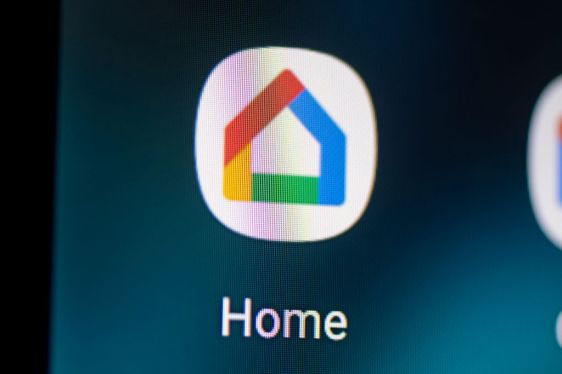Google has acknowledged that its Google Home app for managing smart home devices has not provided the best user experience, and the company now aims to change that. Alongside new Nest devices and an upcoming Google Home smart speaker, the tech giant unveiled a redesigned version of the Google Home app. Google promises this update will improve performance, centralize device management, and integrate its AI assistant Gemini into the experience.
While AI is a headline feature, Google claims the app itself has received a complete overhaul in design, performance, and reliability. Anish Kattukaran, Chief Product Officer at Google Home and Nest, stated directly that the app has not been the experience they wanted it to be. He explained that before the company could add new AI features, it had to solve the app’s fundamental problems.
The primary focus was on performance. Google stated that performance is a continuous journey and not yet at its final destination. Over the past several months, the company reports making major improvements, resulting in a 70 percent faster startup, 80 percent fewer crashes, and other battery and memory enhancements. Over the past year, Google has shipped over 100 performance updates and app features. The app now works across over 800 million devices from more than 50,000 original equipment manufacturers that make devices compatible with Google Home.
Additionally, Google is working to make the Google Home app the only app Nest users need to manage their devices. This comes more than a decade after Google’s acquisition of Nest. Over the years, Google has been gradually bringing Nest app features into the Google Home app and now feels that process is complete. The Nest app is not going away immediately, but Nest device owners should prepare for that eventual future.
The app now supports Nest thermostats from 2015 onward, including their schedules, energy history, and hot water boost features. It also supports Nest cameras and doorbells, including migrating their history, Nest Protect’s emergency notifications for smoke and carbon monoxide alerts, and passcode management for the Nest x Yale Locks.
With this focus on Nest, the Google Home app is improving camera features. This includes a better scrubbing experience for moving through video, a faster and smoother camera feed, and richer animated previews on iOS and Android notifications. Google states that camera live views now load 30 percent faster, and playback failures have decreased by 40 percent. Camera tiles load instantly, and scrolling through camera history is smoother with a more than six times higher frame rate.
The updated Google Home app now features a simplified design with just three tabs: Home, Activity, and Automation. The app also supports new gestures. Users can swipe on the Home tab to move between all devices and favorite devices or to move through various dashboards. Within the camera view, you can swipe down to see the full camera view, up to exit, or left and right to toggle between the timeline view and the events view. On the video player, you can double-tap on the left or right to rewind or fast-forward, similar to YouTube.
Event notifications on iOS and Android now expand to show rich, animated previews, making it easier to see what is happening at home from a smartphone’s lock screen. AI can summarize activity directly in the alerts and in camera history. Instead of seeing a generic “motion detected” alert, you will see a description of the activity that actually took place.
The Activity tab showcases the activity history for your entire home, including devices not made by Google or Nest. A new AI-powered feature called “Home Brief” appears at the top of this tab. It uses Gemini to summarize events that happened in the home that day, saving you from reading through hours of alerts.
To find specific events, you can use filters or a new feature called “Ask Home,” which is a new way to interact with Gemini through the app. This search and help feature is persistently accessible from the new header navigation and will suggest related devices and automations as you type terms like “lights” or “living room.”
You can use Gemini AI to ask questions about your home using natural language, ask for a specific camera clip, control multiple devices at once, and create automations just by describing them. This allows Gemini to answer questions like “when did the kids come home?” or “did I leave the car door open?”.
When viewing camera events, the AI can describe the activity, explaining what caused motion in the home and where it was located. This AI description appears below the video clip. Some AI features, such as using Gemini to create home automations by describing them, the Home Brief, and Ask Home, require a Google Home Premium subscription. This subscription starts at ten dollars per month, but access is included with Google AI Pro and Ultra subscriptions at no extra charge.
On the Automation tab, users will not only see their list of automations but also a new carousel at the top of the screen showing what is scheduled to happen in the home over the next couple of hours. This tab, which was previously an embedded web view, is now natively built into iOS and Android for better performance. The Automations editor has also been redesigned to allow for new options for one-time and conditional automations.
Gemini also provides insights about your home, such as details about energy use. You can ask questions like how long the air conditioner ran last week or how long the TV was used over the weekend.
The Google Home version 4.0 app update will start rolling out to global users on October 1 and will continue over the coming days until it reaches all users. To get the update first, Google suggests opening the Google Home app, clicking your profile icon, then tapping on Home Settings. Scroll down and select Early Access to join the test.

